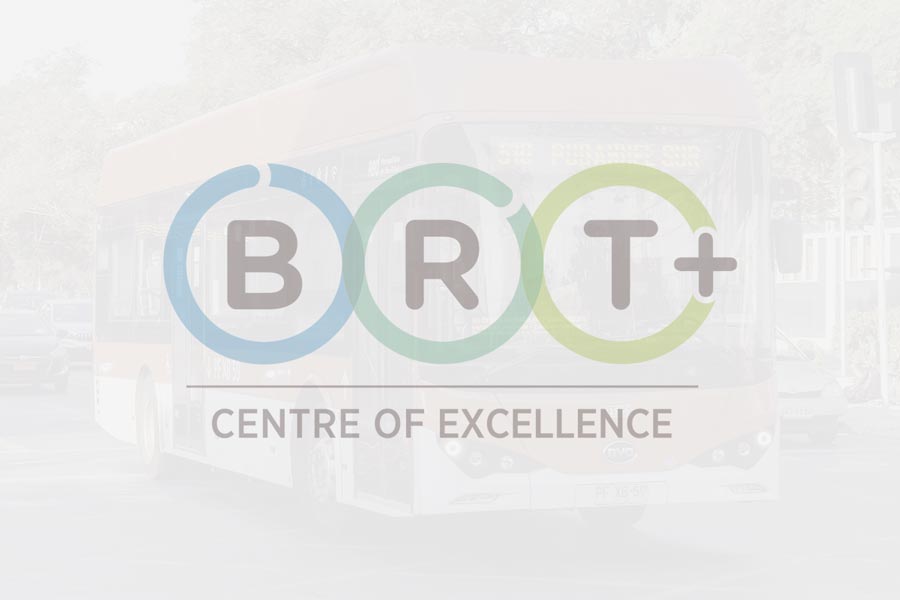Towards a simplified performance-linked value for money model as a reference point for bus contract payments

The burgeoning commitment to contracting the delivery of bus services through competitive tendering or negotiated performance-based contracts has been accompanied by as many contract payments schemes as there are contracts. We are now well placed to design a simplified performance-linked payment (SPLP) model that can be used as a reference point to ensure value for money, given the accumulation of experiences throughout the world which have revealed substantive common elements in contracts. Whether the payment to the operator is framed as a payment per passenger or as a payment per service kilometre, the SPLP identifies efficient subsidy outcomes that are linked to a proxy indicator of net social benefit per dollar of subsidy. We illustrate how the SPLP model can be applied to obtain the gross (subsidy) cost per passenger (or per passenger km) from measures of gross cost efficiency and network effectiveness. This model can then be used as part of a benchmarking activity to identify reference value of money prospects in respect of passengers per $ subsidy outlay by adjusting for influences not under the control of the service provider. A single framework to identify contract payments to operators, and to assess (i.e., benchmark) operator performance on critical KPIs, is provided by internalising critical key performance indicators (KPIs) in the design of the SPLP. The proposed SPLP model is sufficiently general to be independent of the procurement method (competitive tendered or negotiated, for example) and of the treatment of revenue allocation (net or gross based contracts), with the additional advantage of being able to assess value for money for government.
Growing patronage: challenges and what has been found to work

The workshop “Growing patronage: Challenges and what has been found to work” included presentations of 10 papers from all continents, addressing issues including service design, transferability, planning, strategy and decision making. Discussion focused on four topics: conflict or compromise between commercial and social objectives when designing services; the effects of growing demand for car use; which are the most effective instruments to increase patronage recognising that cultural and social differences can also be important contextual biases; and whether the sector is striving for real performance or merely towards contractual compliance, and what has to be done to counteract this trend.








